Two Chinese government ships collided on August 11, 2025, during a pursuit of a Philippine Coast Guard vessel near Scarborough Shoal in the South China Sea. Video released by the Philippine Coast Guard shows China Coast Guard (CCG) ship 3104 closing on the BRP Suluan—at times employing a water cannon—about 10–11–12 nautical miles east of the disputed feature. As the CCG vessel maneuvered at speed, a larger People’s Liberation Army Navy ship, identified in some accounts by hull number 164, cut across its path and the two Chinese ships struck each other. Philippine officials said the CCG ship’s forecastle sustained “substantial damage,” rendering it unseaworthy. The Philippine side reported offering assistance for possible injuries and man-over-board recovery. Chinese authorities acknowledged a confrontation and actions to expel Philippine vessels but, in their initial statements, did not confirm a collision.
Conflicting Narratives and On-Scene Claims
Manila’s account says the CCG 3104 executed a risky turn off Suluan’s starboard quarter, leading to impact with the PLA Navy ship; a separate statement noted the Philippine vessel was targeted by a water cannon but evaded it. China’s coast guard described its response as “professional, standardised, legitimate and legal,” asserting that Philippine vessels ignored warnings and intruded into waters around what Beijing calls Huangyan Island. Philippine footage widely circulated by media outlets appears to capture the water-cannon use and the subsequent Chinese-on-Chinese collision; Chinese statements reviewed in the same period emphasized expulsion operations and sovereignty claims but did not mention an accidental strike between their vessels.
Official Responses in Manila and Beijing
Philippine President Ferdinand Marcos Jr. said government vessels would maintain a presence and continue exercising the country’s sovereign rights at the shoal. The Philippine Coast Guard stated that crews offered assistance to the Chinese side after the collision and reiterated prior calls for adherence to international collision regulations at sea. In Beijing, the China Coast Guard said it monitored, blocked, and controlled Philippine vessels to drive them away, and reaffirmed its position that Scarborough Shoal—referred to by China as Huangyan Island—is Chinese territory. China’s initial public comments on the day of the incident did not address the reported collision.
Tensions Tied to Recent Statements on Taiwan
The confrontation followed a separate exchange of statements days earlier over comments by Marcos during a visit to India, where he said the Philippines would likely be drawn into a war over Taiwan due to geographic proximity and the presence of Filipino workers on the island. China’s Ministry of Foreign Affairs warned Manila against “playing with fire,” urging adherence to the one-China principle. Marcos later said his remarks were misinterpreted and characterized them as a practical assessment of the consequences of a regional conflict. In subsequent remarks after the Aug. 11 incident, he reiterated that Philippine forces would stand their ground in the South China Sea.
Broader South China Sea Context and Outlook
Scarborough Shoal (Bajo de Masinloc) lies within the Philippines’ exclusive economic zone under Manila’s designation and has been a recurring flashpoint since 2012. Incidents over the past two years have included ramming, water-cannon use, and close-aboard confrontations; several reports also documented altercations involving handheld weapons during other encounters. China maintains it has taken necessary measures to enforce jurisdictional claims and routinely accuses Philippine ships of intruding into its waters. The latest encounter occurred while Philippine authorities escorted or supported local fishermen near the shoal, part of an initiative to sustain operations in the West Philippine Sea. Regionally, Manila has expanded defense ties with partners, and Washington has repeatedly underscored that its mutual defense treaty with the Philippines covers armed attacks on Philippine public vessels and forces in the South China Sea. Negotiations on a long-discussed code of conduct for the sea lanes continue, though parties have yet to resolve enforcement, geographic scope, legal status, and the role of external powers. Based on official statements and video released by Manila, the Aug. 11 event adds to a record of hazardous interactions around the shoal and highlights contrasting public narratives: the Philippines emphasizes navigational safety obligations and presence operations in areas it considers within its rights, while China maintains law-enforcement actions in waters it claims as sovereign. Both sides signaled continued patrols and operations in the area.
What Comes Next
Officials in Manila said patrols will continue and that assistance was offered after the Chinese-on-Chinese collision. Beijing’s coast guard restated that it would keep up law-enforcement actions around the shoal and characterized its Aug. 11 response as lawful and necessary. Subsequent comments from Marcos, made hours after the incident, reiterated the intent to defend territorial interests and exercise sovereign rights. The incident occurred against the backdrop of heightened rhetoric over Taiwan and ongoing great-power signaling in the region. As of the material reviewed here, China had not publicly confirmed a collision between its vessels. Future developments to monitor include any release of additional imagery or official incident reports, follow-on diplomatic statements, and adjustments to escort or presence operations by either side near the shoal.


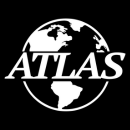



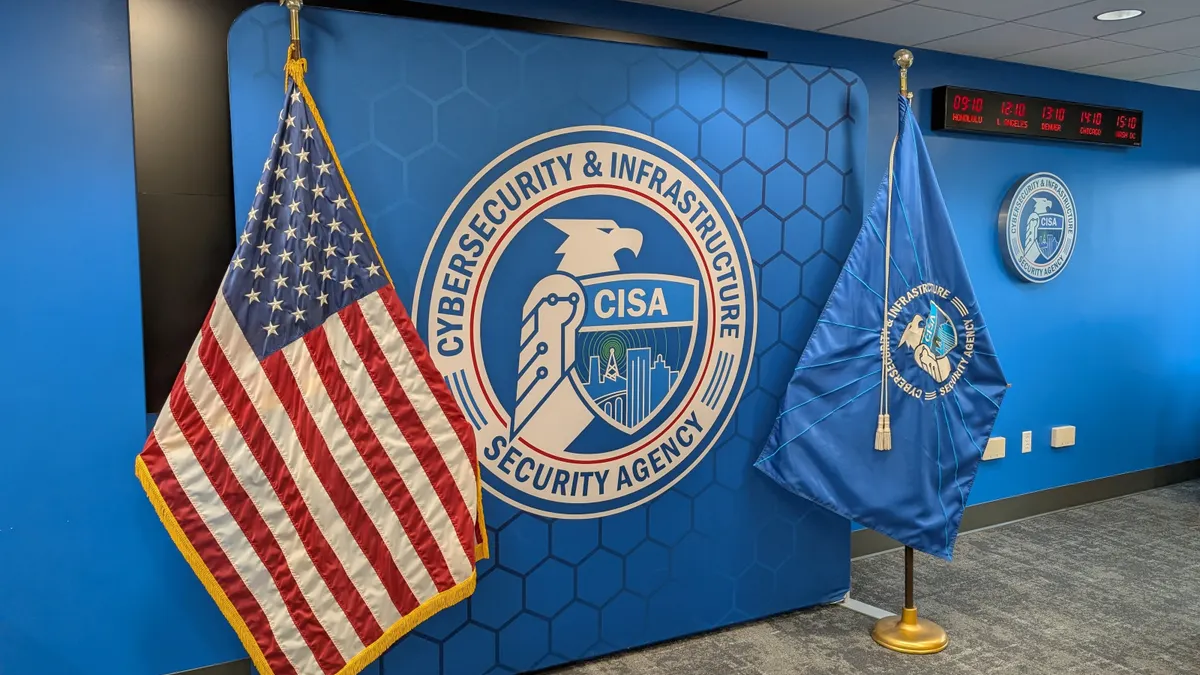
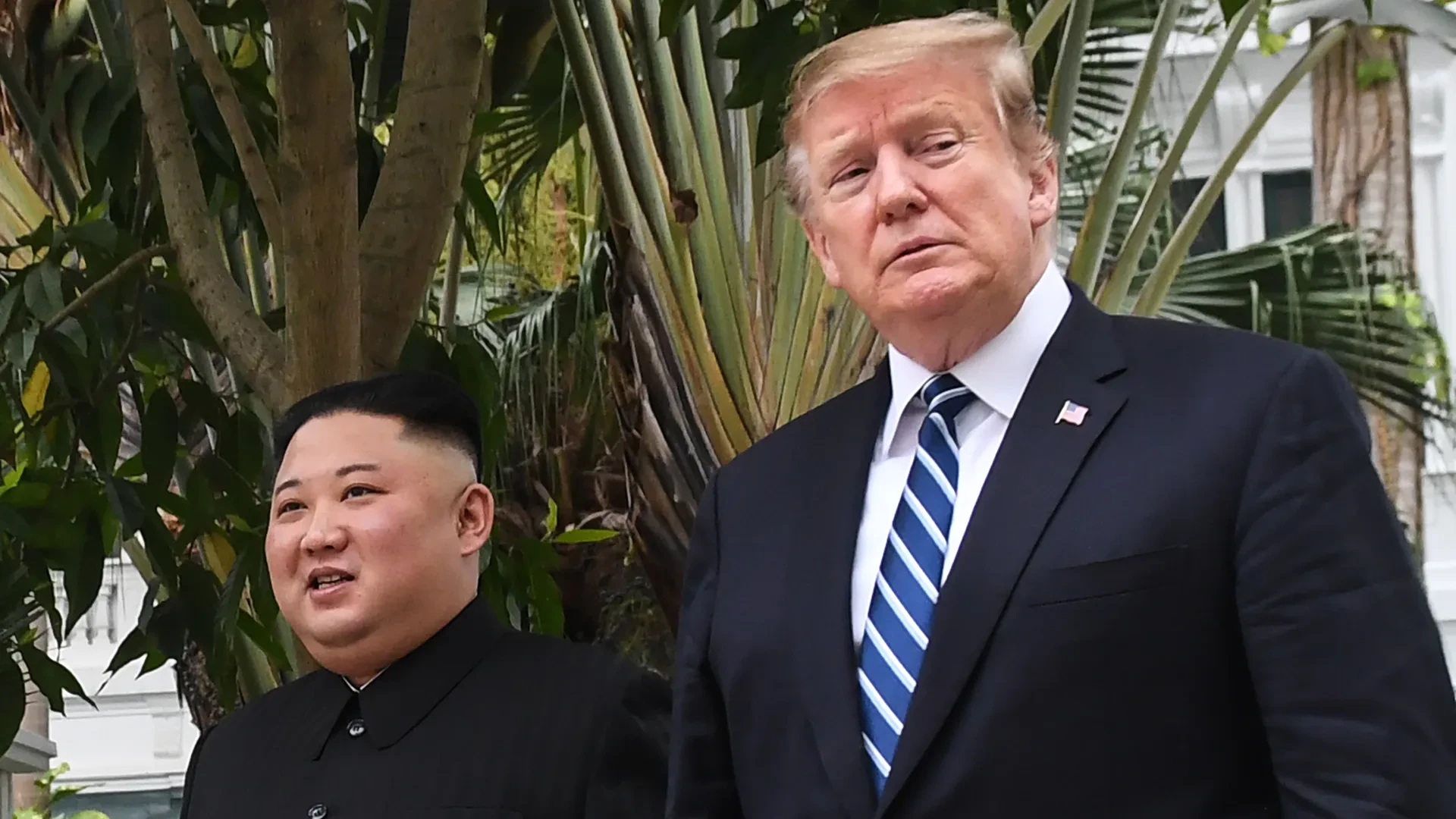

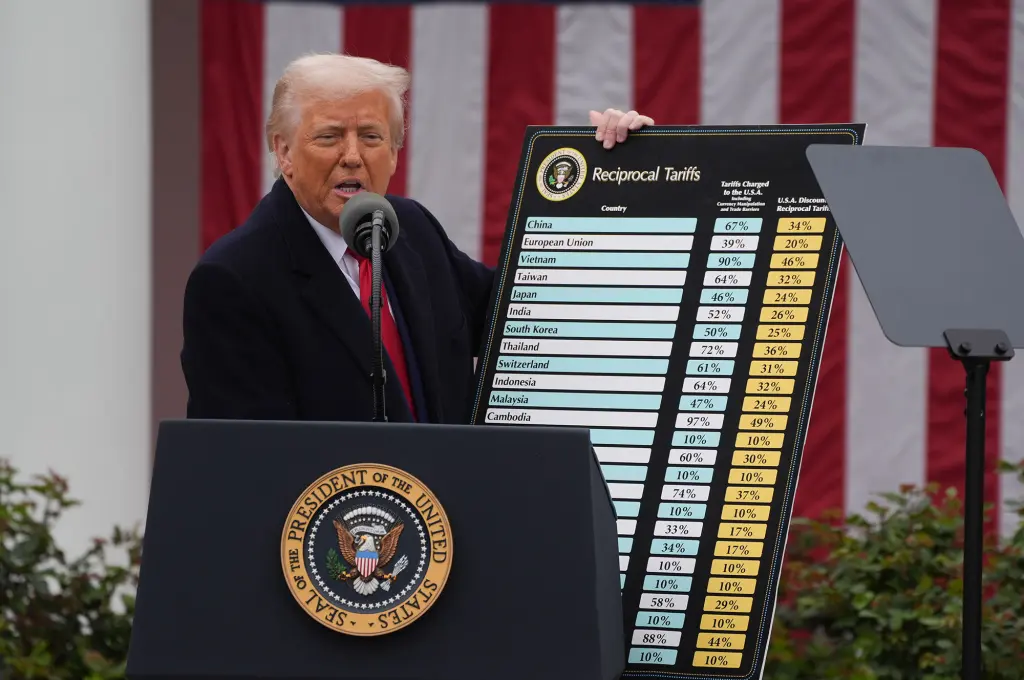
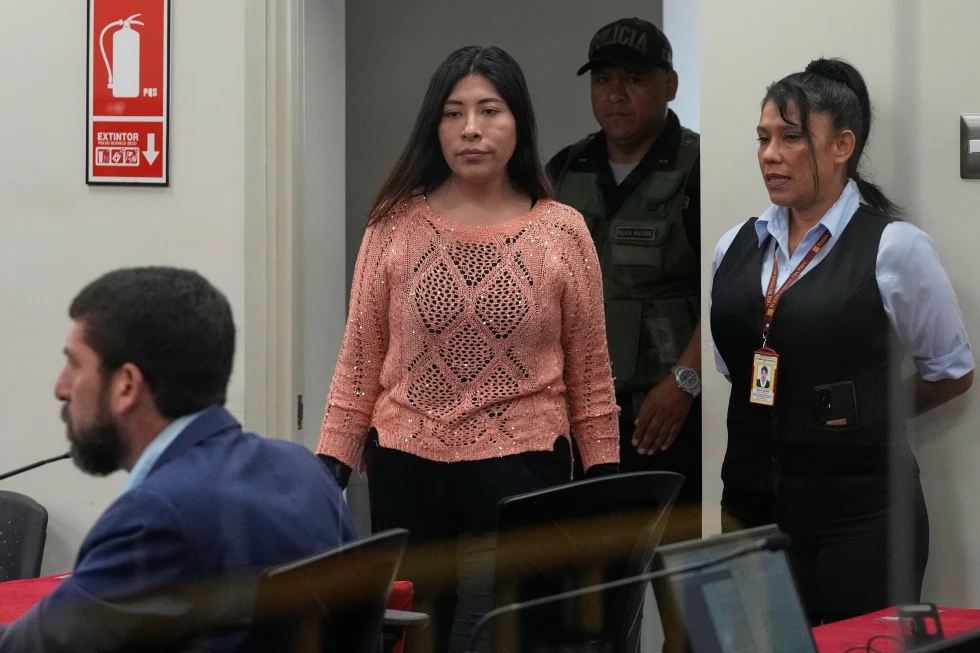
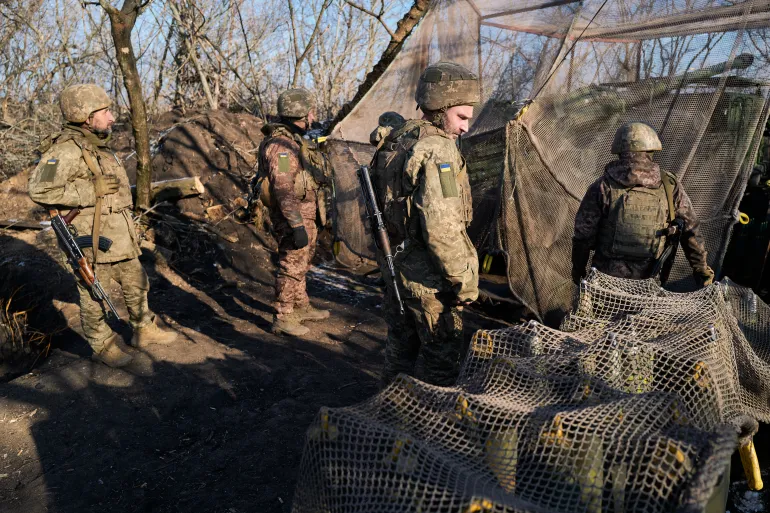

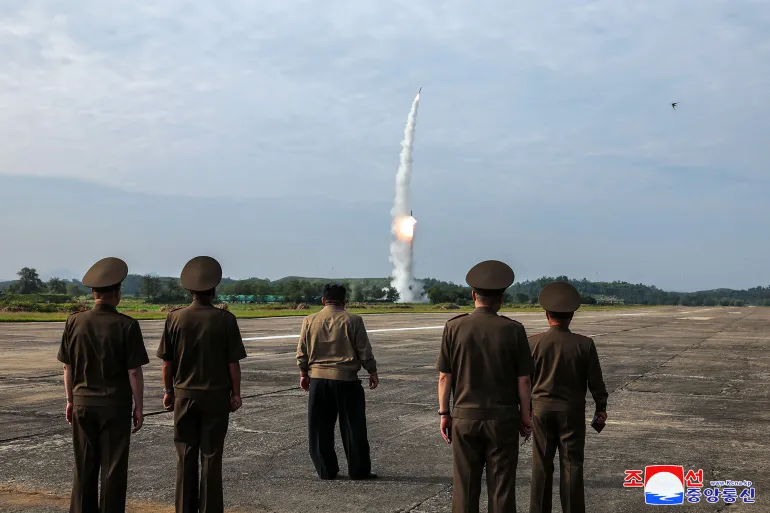

Discussion